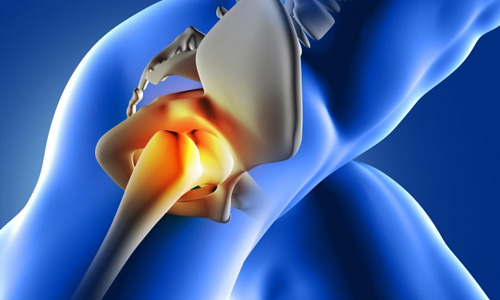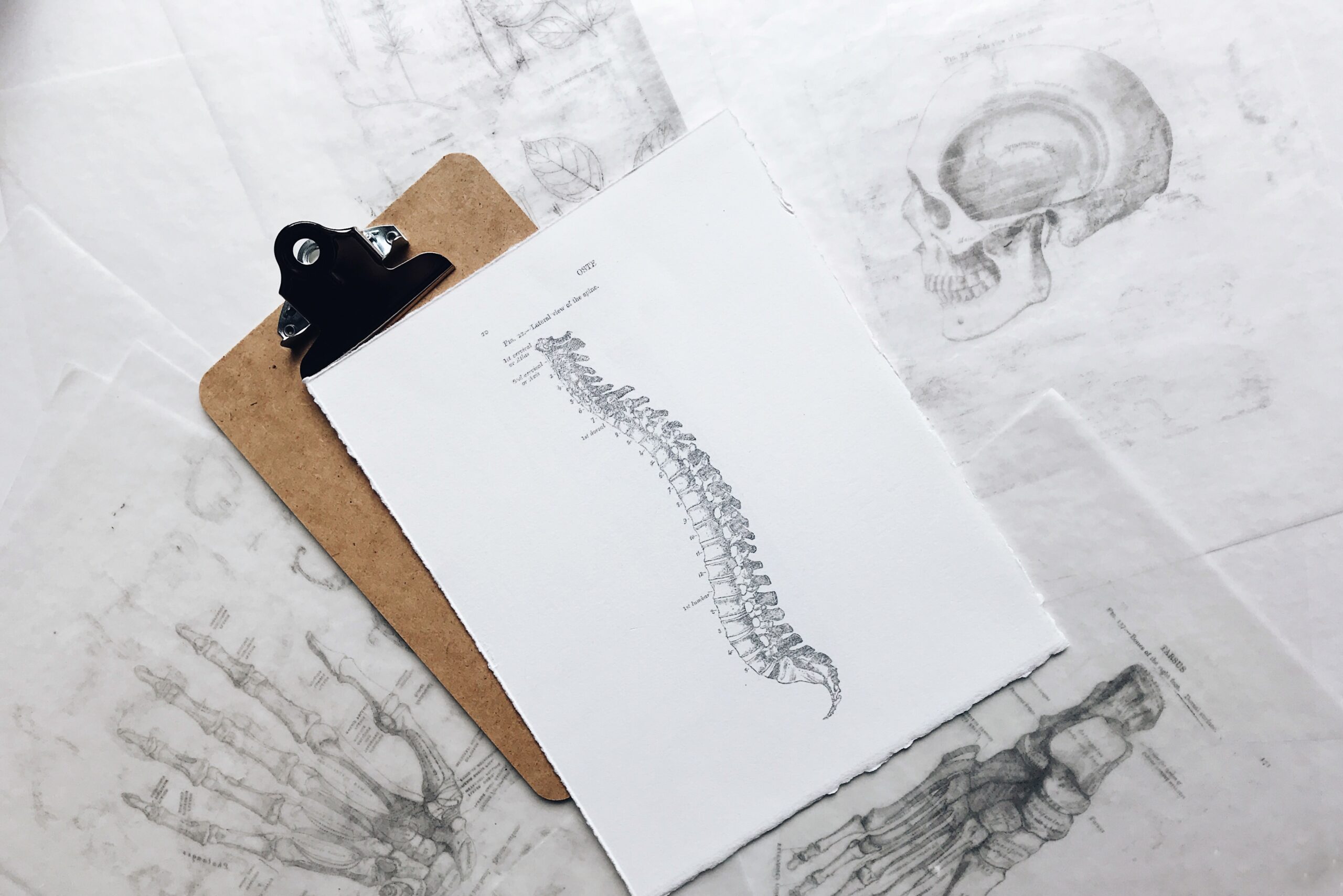

Address
2300 Sutter Street, Suite 207, San Francisco, CA 94115

Call Us

Write to Us

Book an Appointment
HIP REPLACEMENT/ ARTHROPLASTY
COMMON QUESTIONS ABOUT HIP REPLACEMENT
When does a hip need to be replaced?
For Dr. Wolfson, surgery is always a last resort, but when patients are experiencing hip pain, limping, or exhaustion when walking due to weakness in the lower extremities, there’s potentially a problem in hip joint that should be addressed. MRIs and x-rays can help determine the condition of the joint, and Dr. Wolfson will provide a variety of non-surgical options for treatment whenever possible. These can include physical therapy, special equipment, and education on possible lifestyle modifications that will relieve or prevent the need for surgery. With very advanced cases of arthritis, or in situations where medical attention has been delayed for too long, surgery can be a necessity. The best way of knowing what your options are is to book an appointment for a consultation Dr. Wolfson.
How does hip replacement work?
There are a variety of factors that determine the type of hip replacement a patient might receive, including age, quality of bone in the area, overall health, and weight. For older patients with good bones, there are two options available. The first is hip resurfacing, which involves removing the head of the femur and the socket of the hip joint, but sparing the neck of the femur, or the support. This type of procedure allows patients a high level of activity with less risk of complication. However, the more common type of procedure is total replacement. This involves replacing the head and neck of the femur, and installing a stem into the canal of the femur (a hollow bone). This provides almost unrestricted movement for patients who have good quality of bone. The materials used in these replacements are typically ceramic, metal, and a high quality plastic called high molecular weight polyethylene. This material prevents friction when the joint is moving, so the wear of the plastic is extremely small. Total replacements can provide for more than 20 years of use without revision, in many cases. For patients with poor bone quality, or advanced osteoporosis, Dr. Wolfson will sometimes use cement to secure the position of the stem replacement in the femur.
How successful are hip replacement surgeries?
Success rates for hip replacements are extremely high, with 15 years of uncompromised use in more than 90% of patients. The materials used are highly biocompatible, and the wear is minimal, so Dr. Wolfson considers hip replacement a final surgery, with the strong belief that revision won’t be necessary.
What is the recovery time for hip replacements?
Thanks to Dr. Wolfson’s expertise, manys patients are able to walk on the same day of surgery. However, full recovery can take several weeks. As with any surgery, recovery time depends on the patient’s preoperative condition, as well as their commitment to the recovery process. Dr. Wolfson will work with you before and after surgery to make sure you’re in the best possible condition for an effective recovery.
How many nights in the hospital? How many days off from work?
Varying factors impact each patient’s recovery, but a healthy patient is typically able to walk on the day of surgery. Many patients will spend one night in the hospital for observation, while older or sicker patients might spend two or three. Patients with office jobs should be able to return to work within two weeks, but patients with more active jobs will need to take four to six weeks off to allow for healing and to prevent injury.



